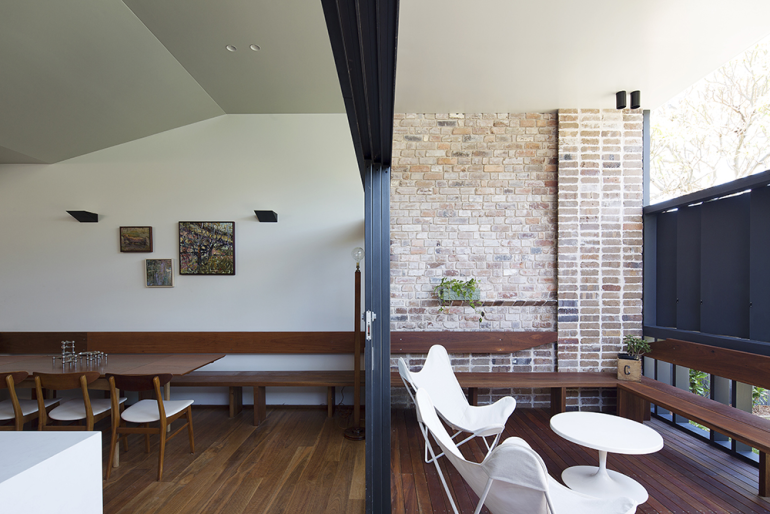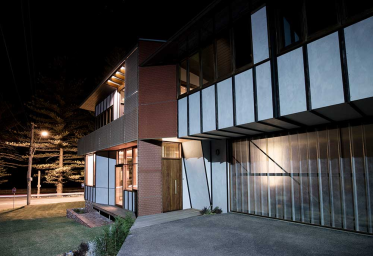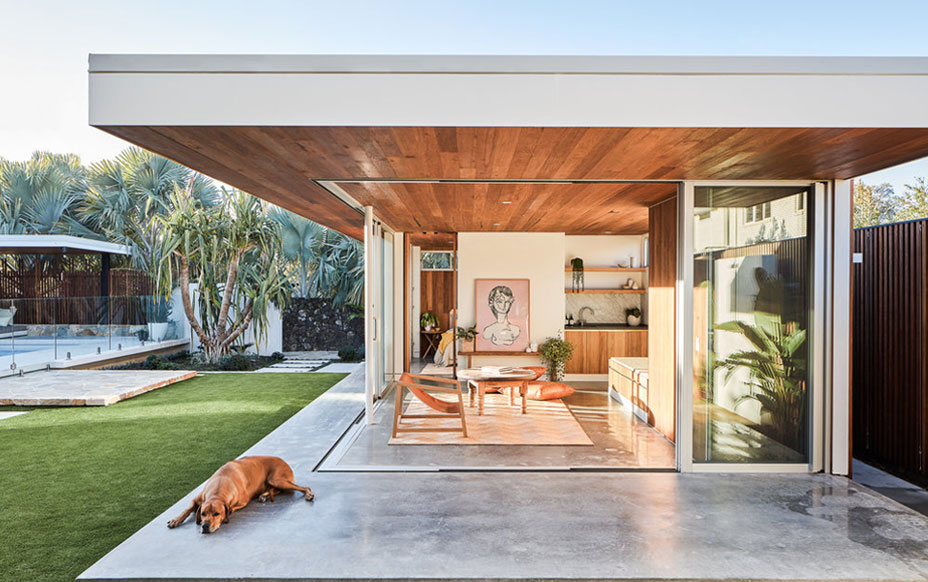
This conversion in Camperdown by David Boyle Architects kept the heritage facade while using his knowledge of local council to create extra rooms.
Finding the right architect or designer for a new home or renovation can be one of the biggest decisions of your life. Far more than simply making an aesthetic choice, you are placing the value of your life’s major asset in the hands of another, and the insights into your way of life, future and financial status need to be equally shared to get the best result. So where do you start and what should you consider?
Putting all those inspirational images aside for a moment, the biggest question mark when it comes to hiring an architect or designer is cost and, ultimately, this comes down to your budget. As a standard practice, architects charge a percentage of the construction cost, generally within the ballpark of 12 to 14 percent and, depending on the level of quality and complexity, there is a similar guide per square metre for construction. A reasonable expectation, depending on location and material, is around $2000 per square metre.
So that’s pretty simple, right? You take a rough estimate at the size of your project, multiple that by the average construction rate, then add 13 percent. This should give you an idea of what the build is going to cost. As with anything, however, the reality isn’t quite that clear cut and every budget should incorporate a contingency for additional consultants and permits. Of course, this also doesn’t cover landscaping, furniture or appliances.
A new home or renovation can push the limits of your calculator pretty quickly, although the right creative choice can generate significant savings or return on your investment through knowledge of local council and building codes. As an example, with an understanding of inner-city Heritage restrictions, your renovation can incorporate an extra bedroom or living space – a serious value-add for later life. Likewise, in regional areas, an architect’s understanding of such issues as environmental and flame zoning can result in a far easier and more cost-effective approval and construction process.

In Port Macquarie Chris Jenkins considered his client’s request for a timber façade, within a flame zone, bringing it inside a glass frontier.
The profession’s governing body, the Australian Institute of Architects, is good starting point when it comes to finding someone to suit your needs. Each state has its own division and some have further regional chapters. All of them run awards programs and it is worth exploring these when making your shortlist.
Magazines, blogs and social media are other good reference points, but bear in mind the projects that inspire you may be out of your reach. This doesn’t mean you can’t discuss what you like about them with your potential architect. In fact, detailed discussion is the key to a successful project.
Architects and designers are professionals and with that professionalism comes knowledge, as well as a specific industry language. You need to feel reassured and comfortable in handing over the big-ticket items of your life to someone, so finding an architect you can really communicate with will make life easier for everybody. Generally, they will have builders and tradespeople with whom they have existing relationships and it is advisable for you to go with who they know and trust.
As with any relationship, there will be challenges and celebrations – so making a choice that feels comfortable from the outset will result in a more positive experience and a successful home, designed better and hopefully built a little more quickly.
For more information on how to engage an architect visit:
WRITTEN BY HouseLab



